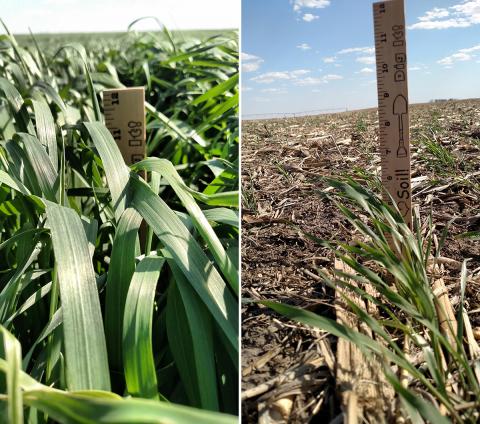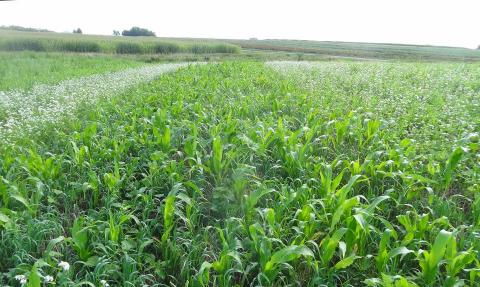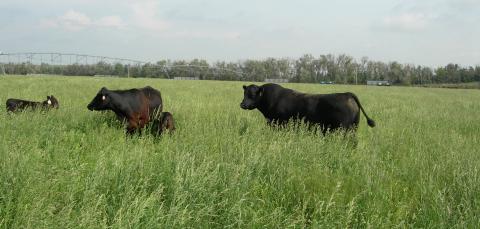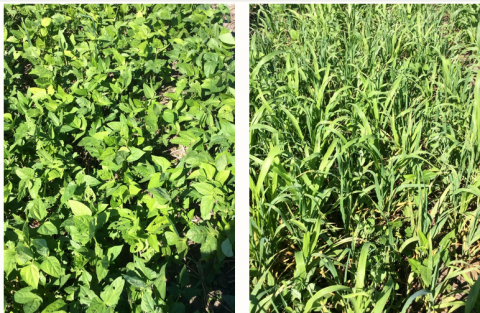How Planting Date, Varieties Affect Spring Cover Crop Growth
May 4, 2018
Reduced spring growth resulting from delayed planting of small grain cover crops has been widespread throughout the western Corn Belt.
Timing of Cover Crop Termination and Related Factors
April 20, 2018
Should the cold spring delay cover crop termination? Growers walk a fine line between growing cover crops long enough to get the biomass they want without reducing yield in the following grain crop. This discussion from an agronomist, entomologist and weed scientist looks at various factors to consider.
Q&A on Grazing Cereal Rye after an Anhydrous Application
April 19, 2018
This week a CropWatch reader asked: Can you safely graze cover crop rye this spring after anhydrous has been applied? That depends on several factors, write three extension specialists in agronomy and beef production.
Economics of Annual and Perennial Forages Webinar Feb. 13
February 4, 2018
With current corn prices and the limited availability of perennial grass, some producers are asking themselves if growing forages on cropland might be the answer to feeding the cow herd. A webinar to address these questions in addition to showing economic examples will be held Tuesday evening, February 13, from 6:00-7:30 p.m. CST.
Online Crop Residue Exchange Links Growers and Grazers
August 16, 2017
A new interactive online tool, the Crop Residue Exchange, links farmers with fields of crop residue with livestock producers looking for new grazing opportunities.
Converting Cropland to Pastureland
March 16, 2017
At a time when crop production costs remain high as crop prices decline and cattle compete for scarce pastures, converting cropland to pasture might make sense. If you’re considering this change, take time to plan and do it right.
Is Nitrogen Fixation Oversold with Legume Cover Crops?
December 16, 2016
One expected benefit of using legumes as a cover crop is to provide a source of nitrogen (N) to the cropping system. However, when legumes are included in mixtures with grasses and broadleaves for a relatively short growing period, the amount of actual fixed N may be relatively low.
Small Grain Annual Forages Following Soybean Production
December 2, 2016
This research brief looks at a three-year grazing trial addressing the question of what small grain is most suitable to plant after soybean to offer the best opportunity for grazing.






